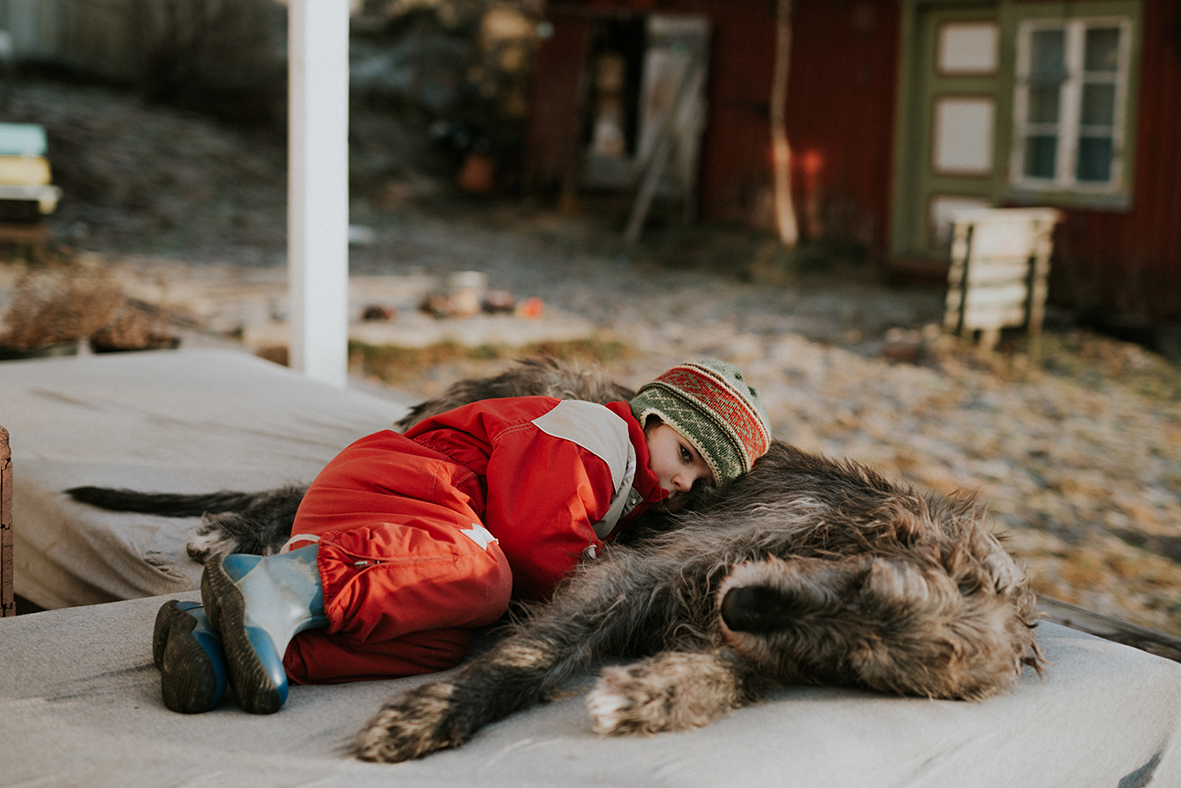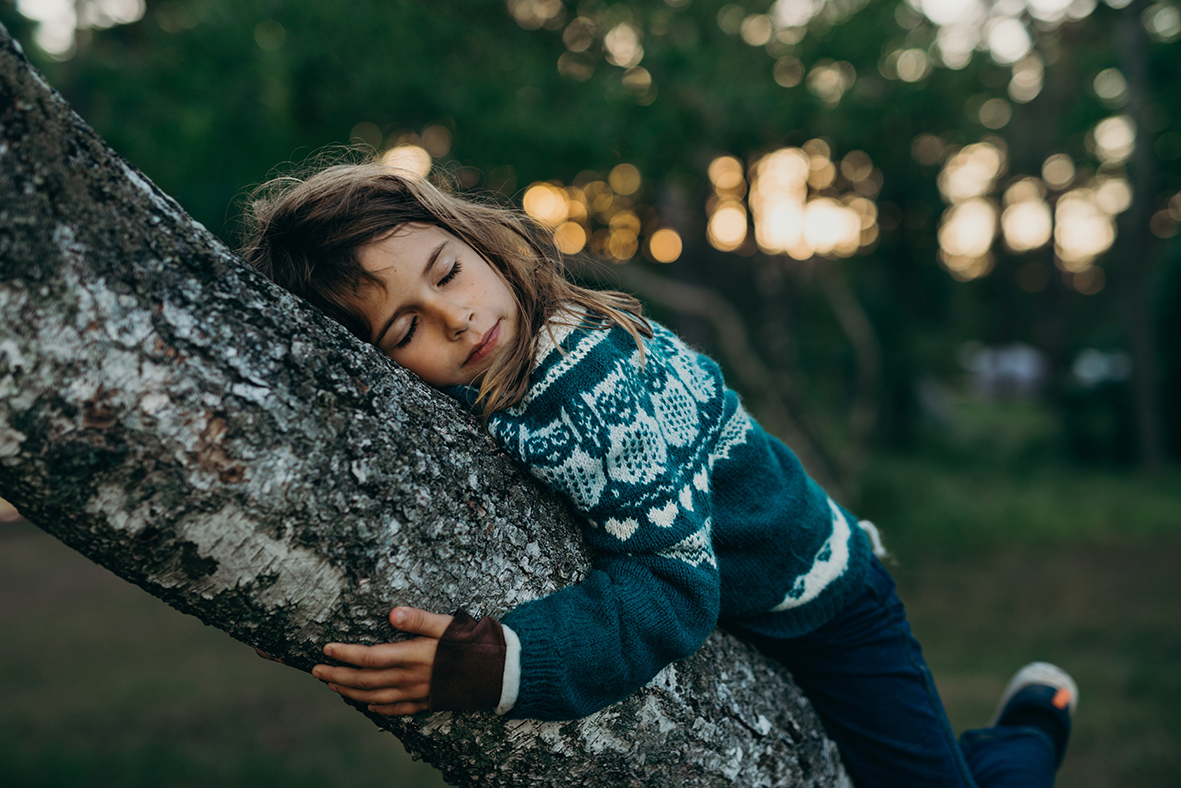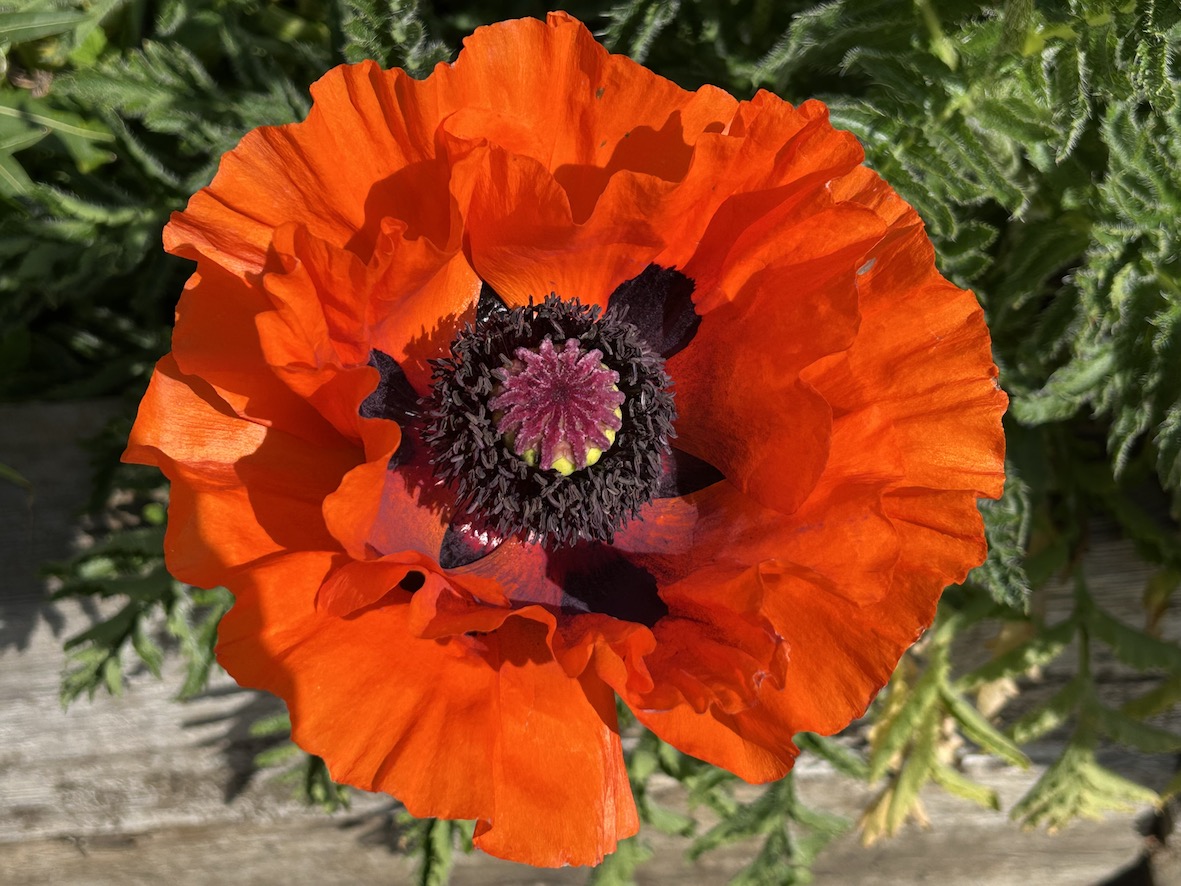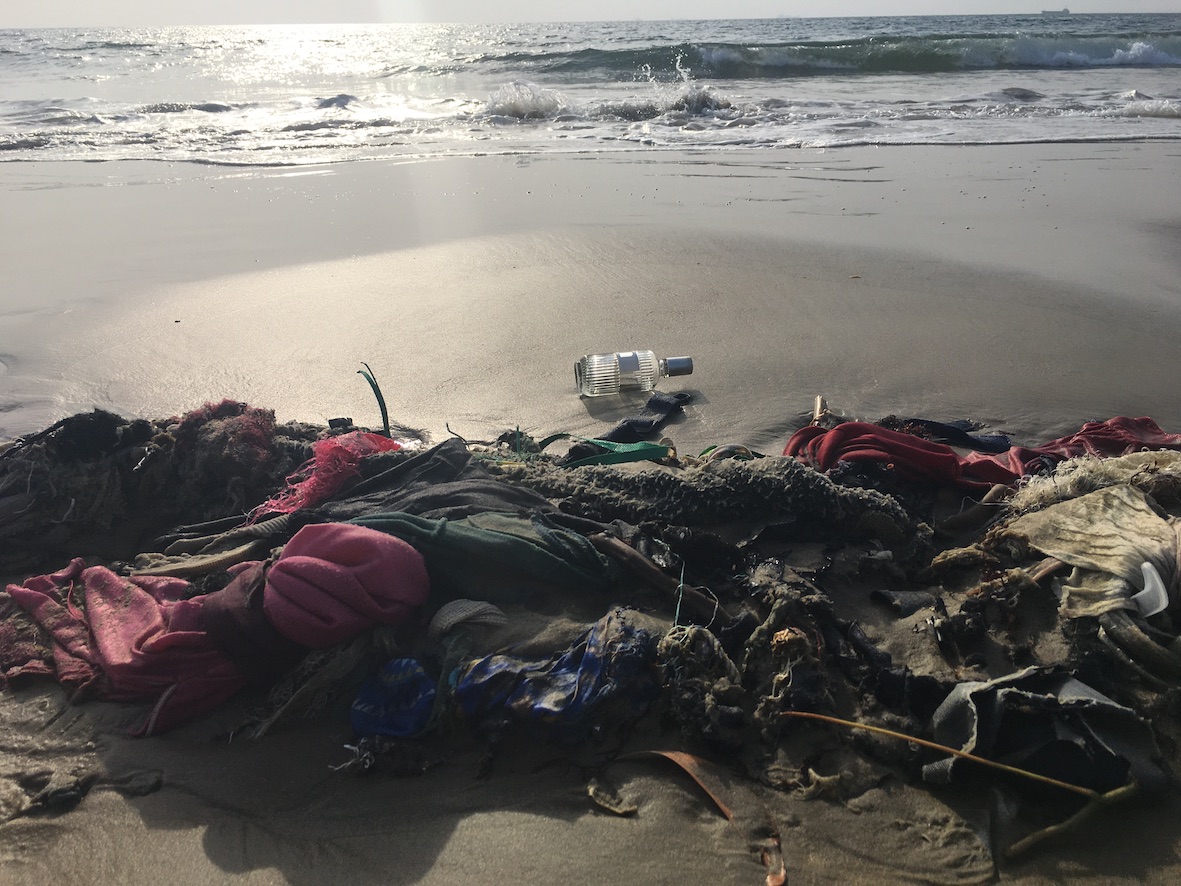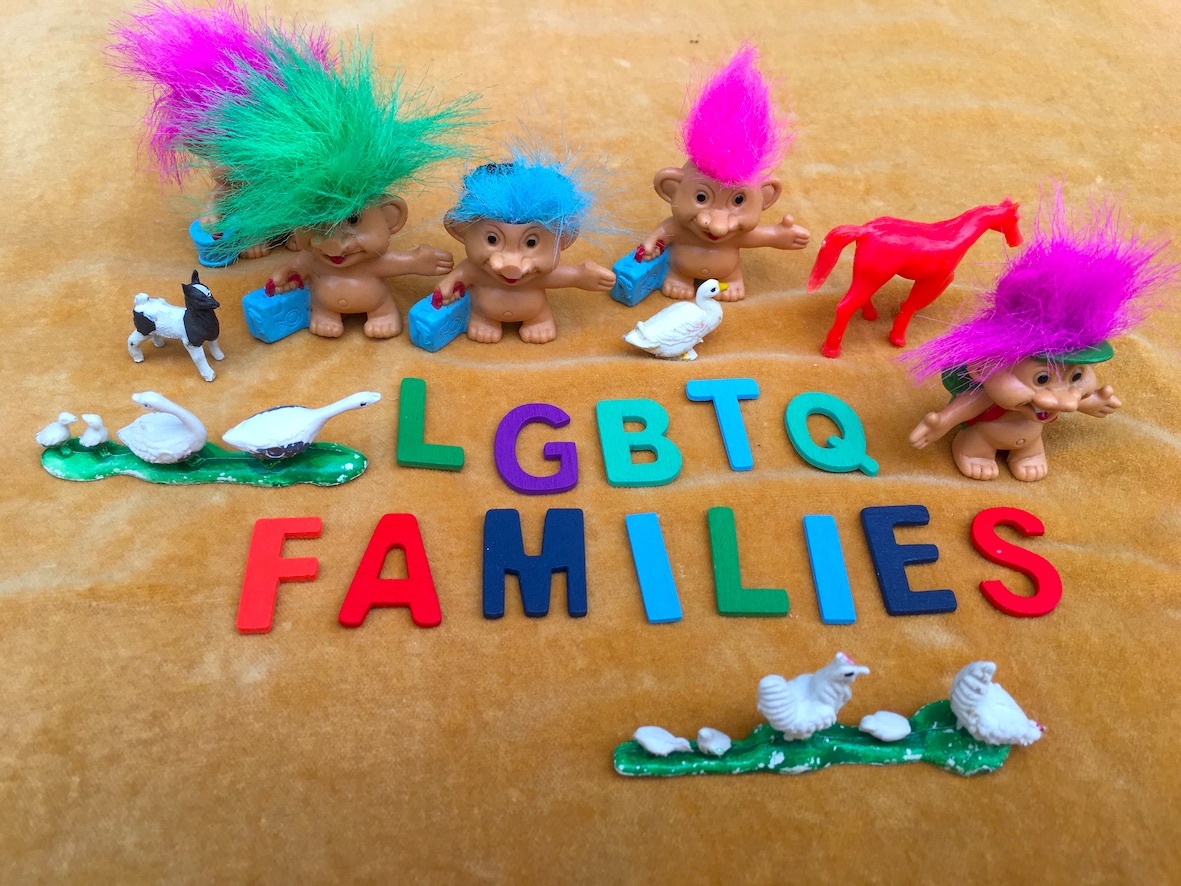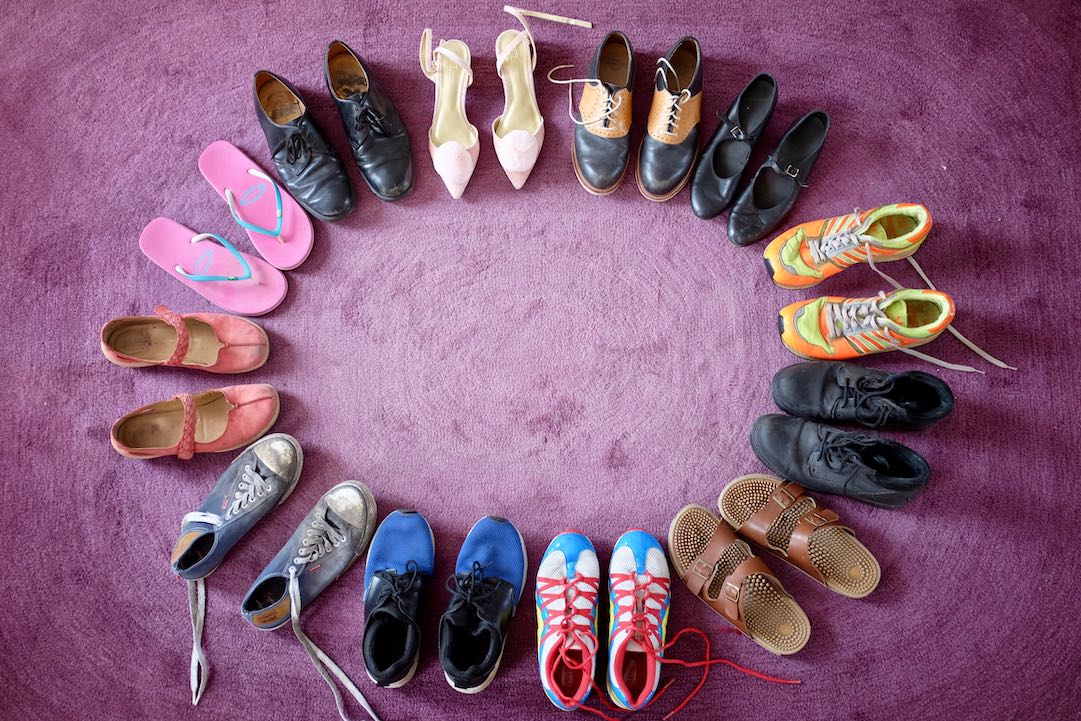04 Oct Recovery from Chronic Fatigue Syndrome
 I recovered from Chronic Fatigue Syndrome
I recovered from Chronic Fatigue Syndrome
In Chronic Fatigue Syndrome there are broad similarities in its expression in different people, and there are unique circumstances that mean each healing journey of recovery will be unique. I recovered after eight years struggling with CFS/ME. It was a profound and transformative part of my life, although it didn’t feel like it at the time. I am writing about my recovery in the hope that it may inspire others to find their way out of the maze. This article is based on my own experience and understanding. Theories of recovery are constantly changing and new protocols being developed.
A Network of Resources
As a Grief Tender, I bring my understanding of working with all forms of loss. The first step with Chronic Fatigue Syndrome, as in Grief Tending work, is to find a network of resources, to anchor in things that inspire and support us. This may be values, faith, the more than human world, something greater than me, people I trust, a place that makes me feel good.
As a Grief Tender, I bring my understanding of working with all forms of loss. The first step with Chronic Fatigue Syndrome, as in Grief Tending work is to find a network of resources, to anchor in things that inspire and support us. This may be values, faith, the more than human world, something greater than me, people I trust, a place that makes me feel good.
As a Grief Tender, I bring my understanding of working with all forms of loss. The first step with Chronic Fatigue Syndrome, as in Grief Tending work is to find a network of resources, to anchor in things that inspire and support us. This may be values, faith, the more than human world, something greater than me, people I trust, a place that makes me feel good. Friends often fall away when we become ill, so it can be important to look for new avenues of support.
What supports you?
- People/animals
- Practices/activities
- Places/nature
- Something greater than me
- Self-compassion
“Move away from the bad stuff, move towards the good stuff.” RD
Worlds of pain and joy
A wise young friend of mine has found her own way to improve her mental health using this principle. I like the way she encapsulates worlds of pain and joy in this concise phrase. “Move away from the bad stuff, move towards the good stuff.”
The problem I had in putting this into action, was my inability to distinguish what was doing me harm, and what was beneficial to me. Some of the things I was doing, that I thought were doing me good – like sleeping during the day, wern’t always helpful. When I experimented with changing my activity instead of sleeping, it helped me to recognise whether I needed sleep, or whether I was using sleep to numb out.
Recovery from Chronic Fatigue Syndrome is a jigsaw puzzle and each person will need to explore which things in their lives are the bad stuff, and pursue a subtle path to uncover the good things too. There isn’t a universal set of instructions to figure it out. Learning to use mindfulness can be helpful in learning to notice and monitor our internal and external responses to external situations.
‘Life’s Energy Equation’
I find Dr Sarah Myhill’s basic protocol a very helpful frame to understand how to shift to a more balanced energy account. ‘Life’s Energy Equation’ as she describes it includes a leaky bucket on one side and fuel on the other. The leak in the bucket needs to be repaired, before adding fuel. In simple terms, the leak in the bucket is often the underlying emotional healing that is needed, and the creation of firm boundaries, so that our energy is not syphoned off to others. Until addressing the hole or holes in our system that lets energy flow out, anything else we do will be symptom management, rather than adding beneficial fuel.
Using the lens of balance can give a helpful overview to untangle the places where we may be losing energy, and the areas which need more good quality input or fuel.
Loss of Energy
- What are the activities and people which deplete my energy?
- What do I carry for others that is not mine, including from ancestral lines?
- What do I take on that I don’t need to?
- What do I need to let go of?
- How do I drive myself?
- What drives me?
Energy Credits
- What nourishes me – activities, practices, people, places, sleep and food?
- How do I find support?
- What brings me fun, pleasure, joy?
- What sustains and grows me?
- What is missing that I need to find?
Healing the past
For me, repairing my energy bucket meant addressing some of the causes of emotional distress from childhood. I was lucky enough to discover an early Mickel Therapy protocol, and worked with a Mickel therapist and using elements of Reverse Therapy to address some of the traumatic events in my history. We worked somatically as I unravelled some of the developmental trauma and neglect from my childhood that I had explored previously in talk therapy, but not experientially through the body. Transforming Touch is a touch based practice (either in person or online) that I have also received which helps to regulate the nervous system and promote healing.
Repairing the body/mind split
Working with a somatic therapist also helped me to notice and prioritise the messages, requests and emergency signals that my body had been frantically trying to communicate to my cognitive awareness. These simple but essential signals had previously been ignored by my busy and capable mind. Pausing and developing mindfulness are simple ways to begin noticing what’s going on inside ourselves.
I discovered that I had been making logical but erroneous decisions about my wellbeing. I began to go to the toilet as soon as I registered the signal for a full bladder. I re-trained my mind to spot and respond to my body’s needs. I learned to notice how I was feeling physically and emotionally. I began to come down to earth.
Bridging the body/mind gap gradually builds trust so that the body’s emergency alert system calms. This creates a positive feedback loop. This and other ways to calm the nervous system are necessary to develop a more balanced, flexible ground state of being. This can be particularly hard when external pressures demand our attention, time, and energy, or add stresses without our consent.
Self-Care is a radical tool
I used to be too kind. I had a tendency to be co-dependent. I had responsibilities to a child, a partner, and a disabled parent. For the first time in my life I learned that my self-care was essential if I was going to be able to offer any support to the people around me. Boundaries were a new concept for me. I began to discover what I needed, what I enjoyed, what the post CFS/ME version of me might want to be. I learned how to make boundaries even with the people around me who had genuine needs. It may sound easy, or glib, but this took the most epic transformation. I needed to learn that I could only support others from a place of surplus.
‘What feels good to my body?’ This is a great question, and a whole field of enquiry. Physical touch is often one way to experience pleasure in our bodies. A good bodyworker is one way to find the tender care we may long for if we have the resources. It can also help us to map and connect our inner experience in the body. Massage is a tool that can also help us to access feeling, soothe, and find support. Self-massage or swapping a shoulder rub with a friend is one way to access positive touch.
With a ‘Healthy Human Culture’ lens
With her excellent ‘Healthy Human Culture’ frame, Sophy Banks’ zooms out the view of burnout. She has helped me to understand how a system (whether it is a body, an organisation, or a culture) becomes organised by trauma, and how to create return paths back to a regulated, regenerative, sustainable pattern. It can be particularly hard to discover sustaining patterns of health, and dealing with our pain in a culture that doesn’t value the wellbeing of all.
“I see that “burnout” is a worldwide condition of modern culture – globalised industrialisation and consumerism are rooted in extraction, disposability and accelerating speed, called growth. The same patterns of extracting from a system more quickly than it can replenish can also apply to groups or individuals – and sometimes we’re doing it to ourselves.” Sophy Banks
Finding ways to express emotions
Post Chronic Fatigue Syndrome, I have become a Grief Tender, and have developed tools to access, process and express emotions. My understanding of grief includes a wide range of feelings including anger, fear, numbness, despair and relief as well as sadness. These (and many others) are natural responses to many different kinds of life events and situations, including loss, absence, longing, change and bereavement. Emotional flexibility is key to mind/body health.
Learning to access anger
I was socialised female, in a family that didn’t express much anger. I didn’t have role models or tools to find healthy expressions of injustice and frustration. Learning to be angry was part of my recovery. Taking the lid of emotions, and anger in particular, can open up energy that has been tied up in staying small, nice and safe. Grief Tending is a way to surface and express feelings in a context where people are held by the container of a supportive group.
There are many different routes and pathways for working with trauma in relation to patterns of ill health. It’s important to find ways that work for you to:
- Find support
- Recognise and process past hurt, loss, absences and longings
- Learn how to notice, recognise, experience and express current feelings
- Find new ways to discover what you love and enjoy
Good Fuel
Good nutrition is part of moving towards the ‘good stuff’. It might be a really important part of your plan for recovery. I am also wary of the many ways people with Chronic Fatigue Syndrome can be willing to try anything to recover. This often includes a lot of expensive supplements or healing modalities. Keep following your gut instincts. This might be exactly what you need, but remember fuel will only feed you once you have started work on repairing the holes in your bucket.
One of the foundation practices of my own recovery was to go for a walk in the park. It is free. I enjoy it. It connects me with nature. Decades on, it is still one of the most important things in my life. It is a life-affirming, health-giving part of my essential self-care practice.
Recovery is scary
As my health started to improve, I was able to do more, but there was a persistent anxiety. I didn’t want to return to the darkness of chronic illness. A return to health is also often a bumpy journey with ups, downs and plateaux. As my immune system re-balanced I had a series of dental abscesses. I am still sensitive around chemical perfumes. Learning to trust and love my body was a process. I continue to take very good care of myself, and I’m probably fitter now than I’ve ever been.
“We, all of us, are learning to be here now, experience sensation, notice, and come to understand that we are worthy, that there is nothing to do, and that our bodies are glorious.” Max Mora
What I love and what sustains me
I found Betty Martin’s ‘Wheel of Consent’ another brilliant tool to help me get clear about boundaries with other people, and figure out what I wanted, and what I was tolerating. It is a practice that’s easy to learn, and starts as a touch practice, but can be applied to any aspect of life where we might give, take, receive or allow.
Along with walking, I discovered what I love and what sustains me – dancing, Pilates, feeding birds, meditating, sewing and drawing. I changed my lifestyle and found ways to express my sexuality. I started learning about grief, and changed my working life. In fact, having been through Chronic Fatigue Syndrome was an essential part of the learning that inspired me to become a Grief Tender and support others who are struggling with life’s challenges. By digging deep into my own journey into the underworld, I found gold.
Sarah Pletts is a Grief Tender and Artist who offers workshops in London and online, sharing rituals where grief on all themes is welcome. For more information about Grief Tending events see here.
See previous post: ‘Chronic Fatigue Syndrome and Grief’
Support Links:
If you are experiencing the symptoms of CFS/ME, consult your doctor to register the onset of symptoms and check for any other possible causes.
Dr Sarah Myhill’s ‘Life Energy Equation’ Protocol
Sophy Banks ‘Burnout or Balance’
Introduction to Betty Martin’s ‘Wheel of Consent’
Max Mora and Sarah Pletts on ‘Working with Grief in the Body’







